Kiss! Nope, this isn’t an order to grab your partner and start smooching. “Kiss” is an abbreviation for a rather blunt advice for all photographers to “Keep it simple, stupid!” This means giving emphasis to your main subject by excluding all other distracting details from the photograph.
Background must not be cluttered with distracting details
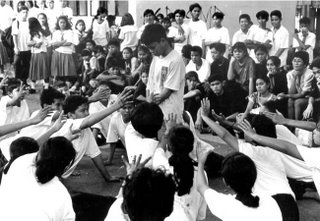 The background mustn’t be cluttered with distractions that compete with the subject for the viewer’s attention (like the spectators and other participants waiting for their turn in the picture above).
The background mustn’t be cluttered with distractions that compete with the subject for the viewer’s attention (like the spectators and other participants waiting for their turn in the picture above).
Background blur
Besides looking for the best viewpoint, you can also make use of “background blur” to erase distracting details. By using a big lens opening like f/1.8, f/2, f/2.8 or f/4 (more on this later), you can create a blurred background like in the pictures below.
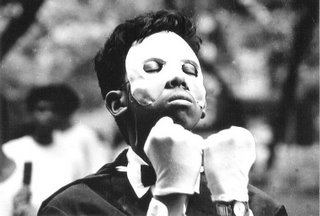
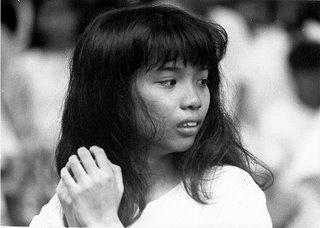 Foreground blur
Foreground blur
In the same way, you can also create what is known as “foreground blur” as in the picture below.
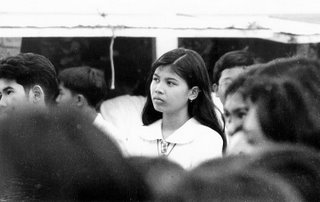
Bokeh
“Bokeh—from the Japanese ‘boke’, meaning ‘blur’ or ‘haze’—is the blurring or more precisely the aesthetic quality of the blurring of a photograph. Blurring is achieved by using a shallow depth of field. It can be used to create a number of striking light effects or simply to highlight a subject by keeping the rest of an image out of focus.” (From “Bokeh: Using Blur To Your Advantage” by Luke Clum)
Resources on bokeh:
1. How to Obtain Maximum Bokeh; 2. Bokeh for beginners from Nikon USA; 3. Creating Artificial Bokeh in Your Own Home; 4. Beautiful Examples of Bokeh Photography by James Adam; 5. “How To Create Beautiful Bokeh Images”; 6. (More) Beautiful And Captivating Examples of Bokeh Photography by Taimur Asghar
“Bokeh Basics: Take and Make Great Photography with Gavin Hoey”
“Beyond Basic Bokeh: Take and Make Great Photography with Gavin Hoey”
False attachment
The subject of your photographs can be located in the foreground, middle ground, or in the background. But notice the pictures below. That’s right, there’s no middle ground, only the foreground and the background.
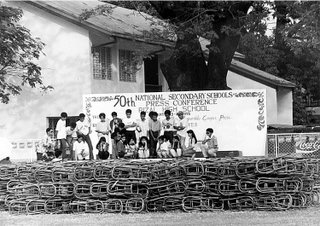
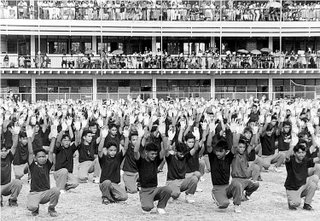
The foreground elements are the chairs (first picture above), and the students performing in the Field Demonstration (second picture). In both pictures, I used a very small aperture (f/16), and a telephoto lens. In the first picture above, the chairs and students on the stage, AND the students in the first row and the building in the background, seem to be attached to one another, or located in just a single plane. (Later on, we will discuss compressed or stacked perspectives, telephoto lenses, etc.)
In reality however, the chairs (first picture) and the students (second picture) were separated from their backgrounds by a distance of nearly 200 feet. If I had used a more frontal viewpoint in both pictures, the effect would have been more pronounced. This illusion is called “false attachment” and is used in those “gimmicky” pictures where somebody seems to be holding in his or her palm another person, or seems to be swallowing that person.
Rack focus (foreground and background blur as used in cinematography)
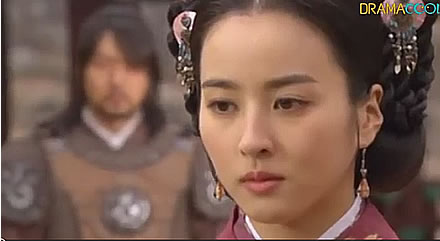

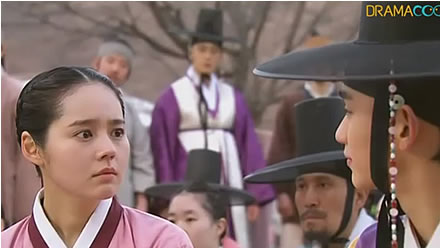

Foreground interest
Image Magnification and Foreground Interest
Saturday, August 18, 2007
Photojournalism (20): Foreground blur, background blur, bokeh; keep your background simple and uncluttered; false attachment; foreground interest; rack focus
Subscribe to:
Post Comments (Atom)






No comments:
Post a Comment